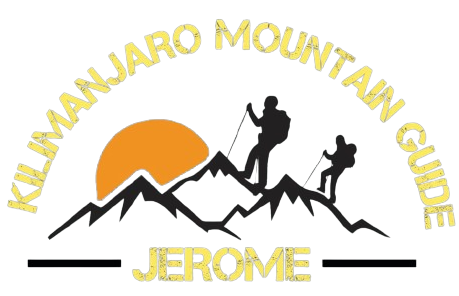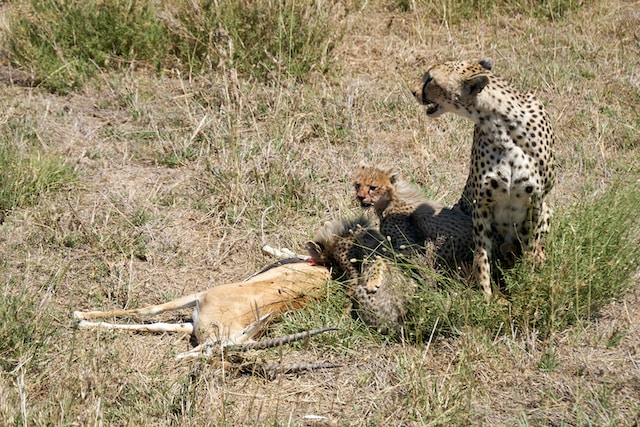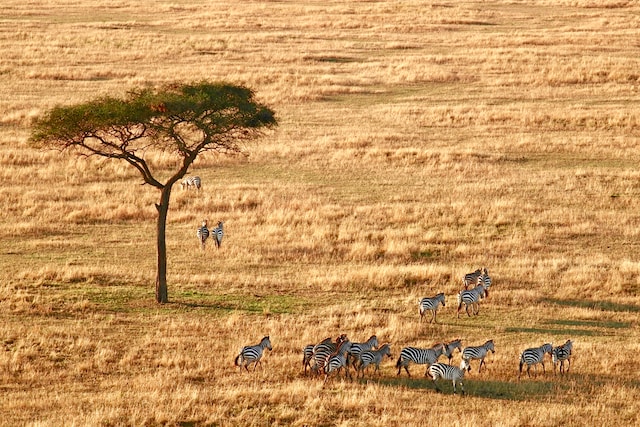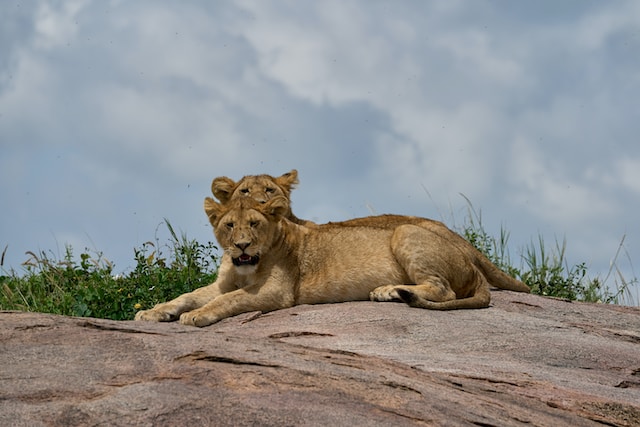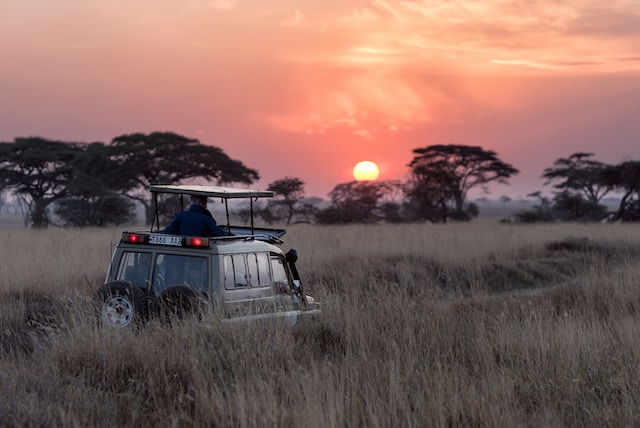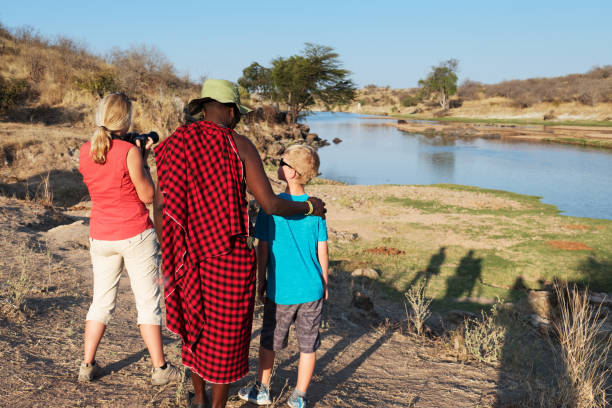- Home
- Safaris
- Tanzania Lodge Safari
- Tanzania Camping Safari
- Serengeti Migration Safari
- Tanzania Family Safari
- Tanzania Honeymoon Safari
- Tanzania Walking Safari
- Best Tanzania Day Trips
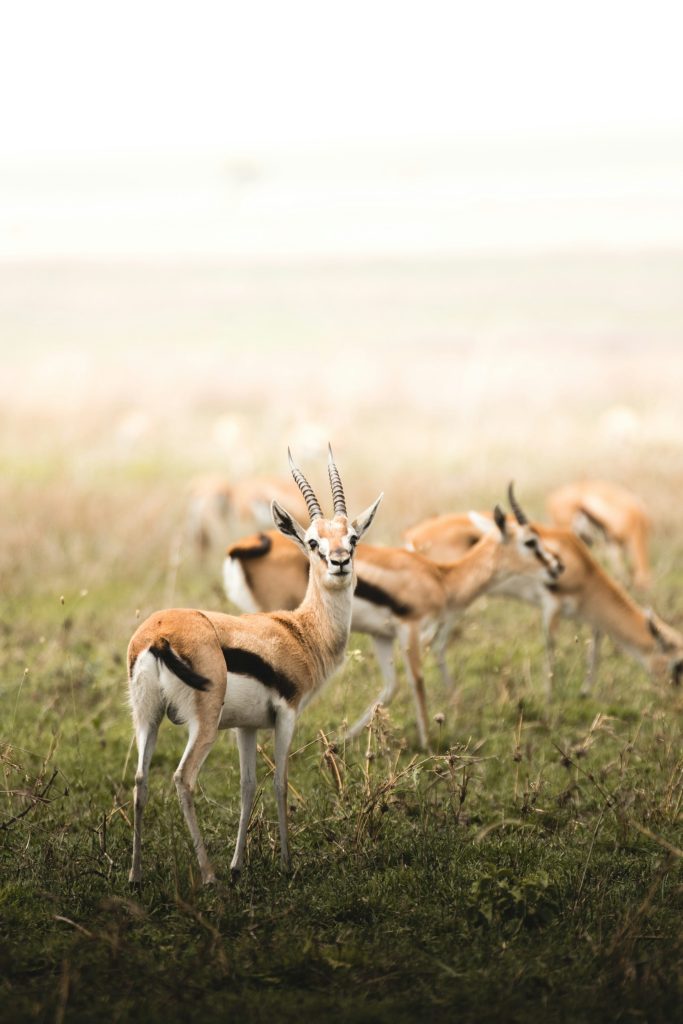
- Kilimanjaro
Kilimanjaro Packages
- Machame Route 6 Days
- Machame Route 7 Days
- Marangu Route 6 Days
- Lemosho Route 7 Days
- Lemosho Route 8 Days
- Rongai Route 7 Days
- Northern Route 9 Days
- Kilimanjaro Joining Group Dates
- Kilimanjaro Full Moon Climbs
Kilimanjaro Tips
- Zanzibar
- About us
6-Day Marangu Route
A 6-day Marangu Route trek is a slightly longer and more comfortable option compared to the 5-day version, which allows for better acclimatization and increases your chances of successfully reaching the summit.
Tour Overview
Climbing Mount Kilimanjaro via the Marangu Route typically takes 5 to 6 days. The Marangu Route is often referred to as the “Coca-Cola Route” because it offers huts for accommodation along the way, making it a relatively more comfortable option compared to camping routes.
Here’s a general itinerary for the 6-Day Marangu Route:
Day by day
6-day Marangu Route Inclusions and Exclusions
When planning a Kilimanjaro trekking expedition, it’s crucial to understand what is included and excluded in the 6-day Marangu Route package offered by us. While the specific inclusions and exclusions can vary from one tour operator to another, here are some common points to consider:
- Inclusions:
- Permits and Fees: The cost of permits and entrance fees to Kilimanjaro National Park are usually included in the package. This includes park fees, camping fees, and rescue fees.
- Guides and Porters: The cost typically includes fees for experienced guides, porters to carry equipment, and cooks for preparing meals during the trek.
- Meals: Most packages include meals throughout the trek. This includes breakfast, lunch, and dinner. Special dietary requirements can often be accommodated with prior notice.
- Water: Purified water is often provided. It’s essential to stay hydrated during the trek, and the guides will ensure you have access to clean water.
- Camping Equipment: Tents, sleeping bags, and sleeping mats are usually provided as part of the package. Sometimes, trekking poles are also included.
- Transportation: Transfers to and from the Kilimanjaro International Airport to the Hotel also include transfers to the starting point of the trek (and back).
- Safety Equipment: The cost may cover items like oxygen tanks, first aid kits, and emergency communication devices for safety purposes.
- Briefings and Preparations: Pre-trek briefings and orientations are provided to ensure trekkers are well-prepared.
- Exclusions:
- Flights: International flights to and from Tanzania are not typically included in the trekking package.
- Visa Fees: The cost of obtaining a Tanzanian tourist visa is usually not included.
- Travel Insurance: It’s highly recommended to have travel insurance that covers trekking activities. This is usually not included in the package, and you need to arrange it separately.
- Tips: Tips for guides, porters, and other trekking staff are not included in the package cost. Tipping is a common practice and an important part of the trekking culture on Kilimanjaro.
- Equipment Rental: If you need to rent specific trekking gear (like down jackets, trekking poles, etc.), this is usually an additional cost.
- Medical Expenses: Any medical expenses incurred during the trek are typically not covered. It’s essential to have comprehensive travel insurance that includes medical coverage.
- Additional Accommodations: If you need extra nights in a hotel before or after the trek, these costs are usually not included.
- Personal Expenses: Expenses for items such as souvenirs, additional snacks, and other personal items are not included.
The Best Time to Climb the Marangu Route
The Marangu Route is one of the most popular routes for climbing Mount Kilimanjaro in Tanzania. The best time to climb the Marangu Route largely depends on the weather and your personal preferences.
- Dry Season (Best Time): The best time to climb the Marangu Route is during the dry season, which occurs from late June to October. During these months, the weather is generally clear, and there is less chance of rainfall. The days are warm, and the nights are cold but manageable. This period offers the best climbing conditions in terms of weather, making it easier for trekkers to reach the summit.
- Shoulder Seasons (Good Time): The shoulder seasons, which are from November to early December and from March to May, are also suitable for climbing. During these months, there are fewer climbers on the route, and you might enjoy a quieter experience. However, there is a higher chance of rain, especially in November and April. It’s essential to be prepared for rain and mud if you choose to climb during these months.
- Rainy Season (Avoid if Possible): The rainy season, from November to early December and from March to May, is not the best time to climb the Marangu Route. Heavy rainfall can make the trails muddy and slippery, increasing the difficulty of the climb. Additionally, there is a higher risk of altitude-related problems due to poor weather conditions.
Keep in mind that weather patterns can vary, and it’s always a good idea to check the latest weather forecasts and conditions before planning your climb. It’s also advisable to book your climb well in advance, regardless of the time of year, to secure permits and accommodations, especially if you plan to climb during the peak season.
Book Climb Marangu Route 6 DAYS
We would like to work with you
